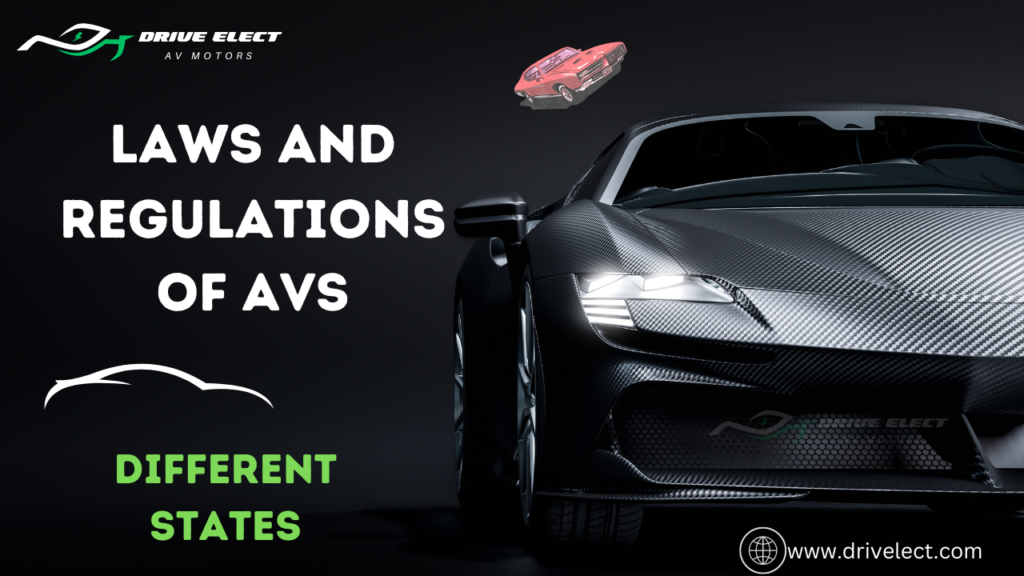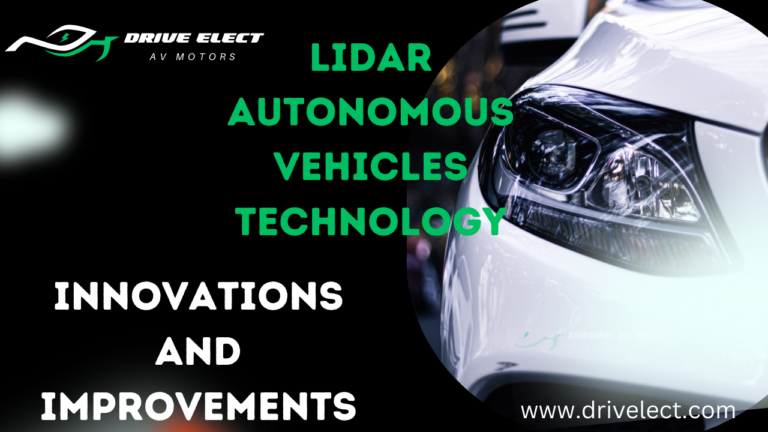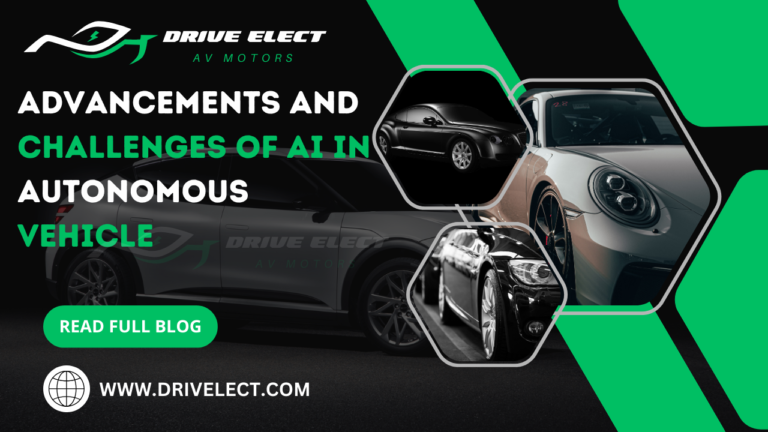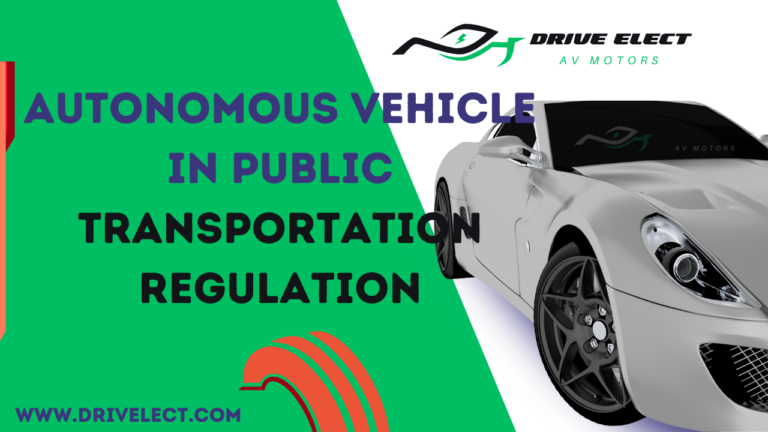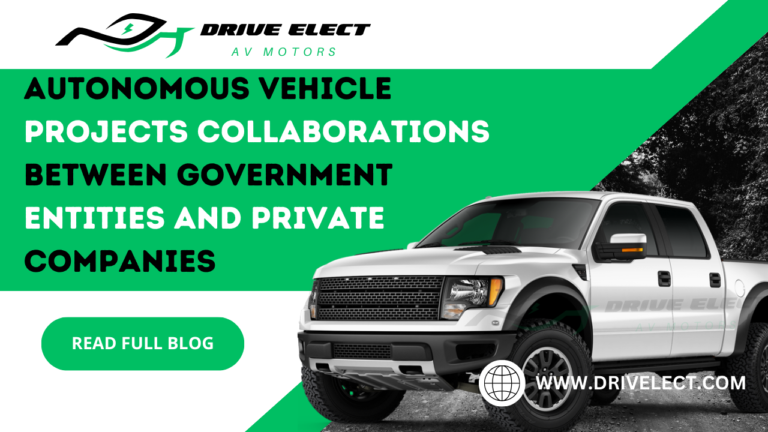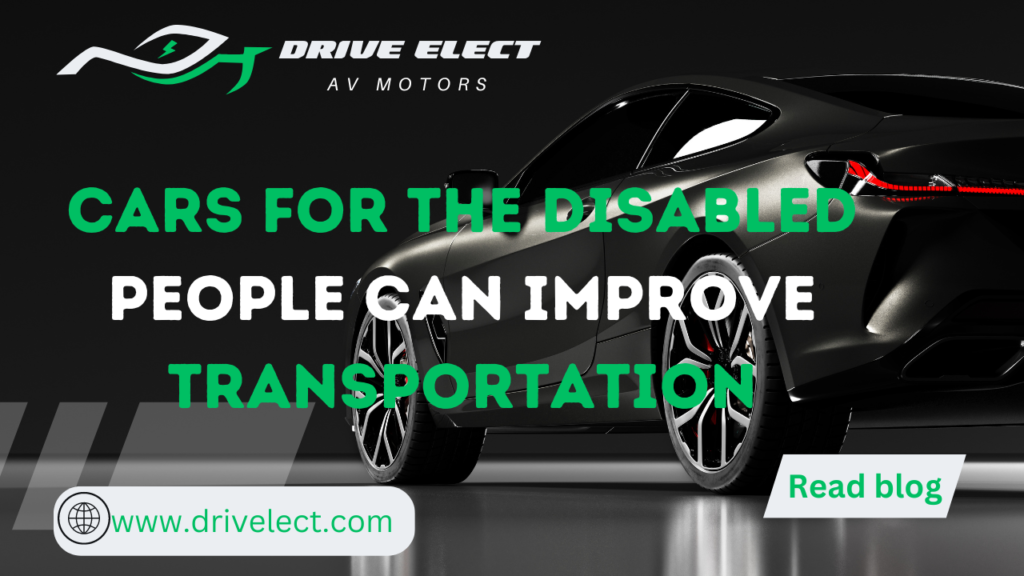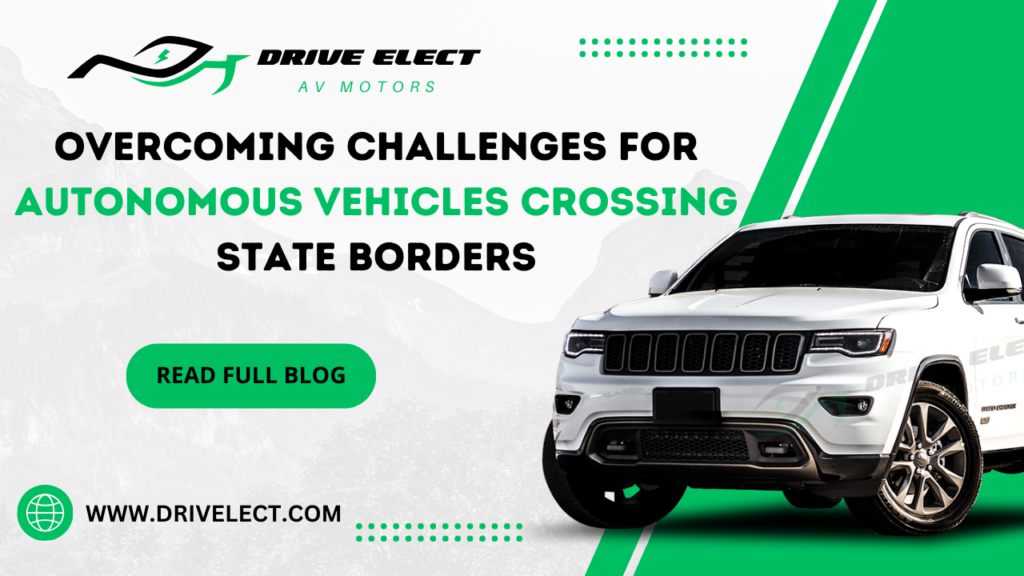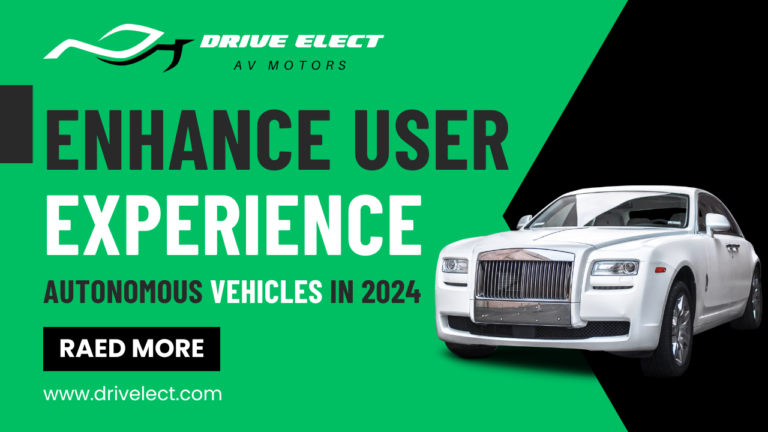An autonomous vehicle can recognize its surroundings and function without requiring human intercession. Here, we will discuss autonomous vehicle laws and regulations governing in different states.
Even though authorities in the industry want a particular set of strict rules for self-driving cars. States are creating their laws casual and unsystematically. This causes problems because different states have different rules. Making it hard for car companies to create self-driving cars that follow them.
Several people say they are permitted if a state doesn’t have laws against self-driving cars.
Certain states are actively positioning themselves as frontrunners in advancing autonomous technology. Recognizing the chances related to companies’ agreement, research institutions, and challenging initiatives related to self-driving cars.
Table of Contents
ToggleAutonomous vehicle laws and regulations governing in different states
Let us talk about some USA states;
California:
The DMV (Department of Motor Vehicles) administers the Autonomous Vehicles Program and is concerned with manufacturers. Permits for testing and positioning autonomous vehicles on public roads in California.
California is the highest place for testing cars that can drive themselves.
California has some severe autonomous vehicle laws and rules. The DMV has a superior band just for self-driving cars. They make sure that autonomous vehicle laws and rules are worthy and harmless.
An autonomous vehicle is a car that can drive without requiring a human to control it. These cars have fancy tech like sensors to see things around them. And smart computers to make driving decisions, like avoiding things in their own way.
California got into self-driving cars quick, allowing them on roads in 2012, not long after Nevada and Florida.
Here, we discuss the main rules for testing these cars in California;
- Only authorized people from the car company can drive fully autonomous cars on public roads.
- Every testing car must have a person ready to take control if something goes wrong.
- Drivers need to show they can pay if something bad happens while testing.
Nevada:
“Self-driving” refers to a range of vehicles with advanced driver assistance systems (ADAS). The Society of Automotive Engineers (SAE) has formed a system with different kinds. To explain how these vehicles use self-driving technology.
Self-driving cars are fast changing how people get around in the United States.
Nevada was the first state to create laws (Assembly Bill 511 36-6) for self-driving cars. The DMV in Nevada sets rules for protection and limits where the cars can be tested. To record an autonomous vehicles, owners need to apply to the DMV. People driving self-driving cars must have a special license.
According to Nevada law (Nevada Revised Statute 482A):
Self-driving cars must have a way for a person to take control if needed.
The car must have a $5 million insurance policy.
People in charge of the car can use cell phones, but security drivers are allowed to use phones.
Another law (SB 140) lets safety drivers use phones. If a third party changes a car to be self-driving (AB 69), the original maker isn’t responsible for accidents.
Florida:
Florida became the first state in 2016 to fully approve the use of “self-driving” cars on public roads with a unanimous vote.
Florida has allowed autonomous vehicles on its public roads since 2012. In 2016, the state enacted a autonomous vehicle laws to address various aspects. Aiming to enhance its appeal as a testing ground.
The law states that licensed drivers can operate autonomous vehicles on public roads. It also outlines the guidelines for acceptable screens in self-driving cars, mandates an alert system. Notifying the driver when intervention is needed. And initiates testing possibilities for driver-assisted truck platooning.
Moreover, the legislation requires autonomous vehicles to adhere to relevant federal standards, potentially impacting non-traditional car designs.
Michigan:
Michigan move rapid to hold autonomous vehicle technology. Michigan has shown support for developing and testing autonomous vehicles through legislative actions.
Michigan has made autonomous vehicle laws and rules so companies can test these cars on public roads. The companies need to follow specific requirements and steps to do these tests.
In late 2016, the state delivered a set of laws tolerating fully self-driving cars without a driver on certain roads. While these cars must be monitored, the person doesn’t have to be inside.
Michigan also has a law protecting vehicle manufacturers from responsibility. If someone installs an autonomous system that is not part of the original design.
In addition, the state is considering rules for punishing those who hack into AVs systems and cause harm.
North Dakota:
North Dakota has yet to approve the use of self-driving cars officially. They aim to explore the safety of self-driving cars. Assess their potential to decrease traffic and increase fuel efficiency. The state wisely examines the benefits before making any definitive decisions.
The transportation department must examine how cars with automated driving systems are used on state highways, including the data they collect. The study also involves checking existing laws about licenses, registration, insurance, data ownership and usage, and inspections. Deciding how these laws should work for cars with automated driving systems.
Tennessee:
Tennessee has a unique position on autonomous vehicle laws. They passed a law inhibiting local governments from forbidding the use of self-driving cars. Furthermore, a definite law permits the use of electronic displays when a car is autonomous. Above all, a certification program was set up in 2016 by the Department of Safety. Requiring car manufacturers to apply before testing or operating autonomous vehicles in the state.
SB 598 (2015)
Local governments are not allowed to prohibit the use of motor vehicles that are equipped with autonomous technology.
SB 2333(2016)
Permits a motor vehicle to operate or have an integrated electronic display evident to the driver. When the vehicle’s autonomous technology is in use.
Utah:
In 2016, Utah enacted a bill mandating the state to conduct a study and formulate recommendations concerning autonomous cars.
HB 373 (2015)
Permits the Department of Transportation to conduct a program for testing connected vehicle technology.
HB 280 (2016)
Mandates a study on AVs, encompassing the assessment of NHTSA and AAMVA standards and greatest practices. Valuing suitable safety features and regulatory approaches, and formulating recommendations.
Virginia:
In 2016, the governor of Virginia introduced an initiative that permitted the exploration and advancement of autonomous cars within the state.
HB 454 (2016)
Permits the use of an optical display while a vehicle operates autonomously.
Arizona:
In 2015, the governor of Arizona allotted an exclusive order. That authorized the formation of testing programs for autonomous cars. Within the state, for the most part in teamwork with chosen universities.
Pennsylvania:
In 2016, the Pennsylvania Department of Transportation initiated autonomous vehicle laws and regulations to enable the testing of fully autonomous cars in the state. The task force crafting these new policies is supposedly forward-thinking. Contemplating how regulations could accommodate vehicles without drivers or steering wheels.
HB 1267(2016)
Permits the utilization of earmarked funds, up to $40,000,000, for applications. Linked to smart transportation systems, including technology associated with autonomous. It related to vehicles and other designated purposes.
Georgia:
A noteworthy shift occurred as Georgia Governor Nathan Deal approved a rule. Authorizing the use of self-driving vehicles, whether with or without human drivers. This indicates a significant reversal for the state, which hesitated to establish autonomous vehicle laws and regulations. Two years ago due to concerns about the technology’s maturity for effective governance.
HB 472 (2017)
The provision illuminates that the rule against pursuing is released for the trailing vehicle within a coordinated platoon. A coordinated platoon is a collection of motor vehicles travelling in a single lane. Employing vehicle-to-vehicle communication technology to coordinate their movements autonomously.
SB 219 (2017)
An individual utilizing an automated motor vehicle with an engaged automated driving system from the obligation to retain a driver’s license. Outlines specific criteria that must be satisfied for a vehicle. To operate without a human driver present, encompassing insurance and registration requirements.
Hawaii:
In November 2017, Governor David Ige of Hawaii issued an exclusive order. That created a point of contact for connected autonomous vehicles (CAV) within the governor’s office. The order also mandates specific government agencies to collaborate with companies. Facilitating the testing of self-driving vehicles in the state.
HCR 220 (2019)
Desires the Attorney General to establish an autonomous vehicle legal willingness task force to prepare Hawaii for the legal. And regulatory tasks associated with the transition to autonomous vehicles.
Maine:
HP 1204 (2018)
This legislation established the Commission on Autonomous Vehicles. Tasked with coordinating collaboration among state agencies and informed sponsors. The aim is to guide the formulation of a procedure. Enabling autonomous vehicle testers to exhibit and organize automated driving systems for testing on public roads. The commission will comprise a minimum of 11 members.
The commission shall;
- Propose a procedure for evaluating and approving autonomous vehicle. Testers to showcase and deploy automated driving systems for testing on public roads.
- Examine current state statutes and, if needed, suggest potential legislation to regulate autonomous vehicle. Testers and the testing, demonstration, deployment, and operation of automated driving systems on public roads.
- Manage state adherence to federal regulations concerning autonomous vehicles.
- Engage with professionals from public and private regions on autonomous vehicle technologies, as deemed appropriate.
Encourage knowledgeable stakeholders to participate by submitting written and oral comments on the commission’s responsibilities

